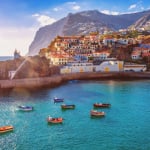Name: Kitaura
Address: Ken-Do Route 186, Kitaura Town, Namegata District, Ibaraki Prefecture
Official Website: http://www.namekan.jp/upsys_pro/index.php?mode=detail&code=32
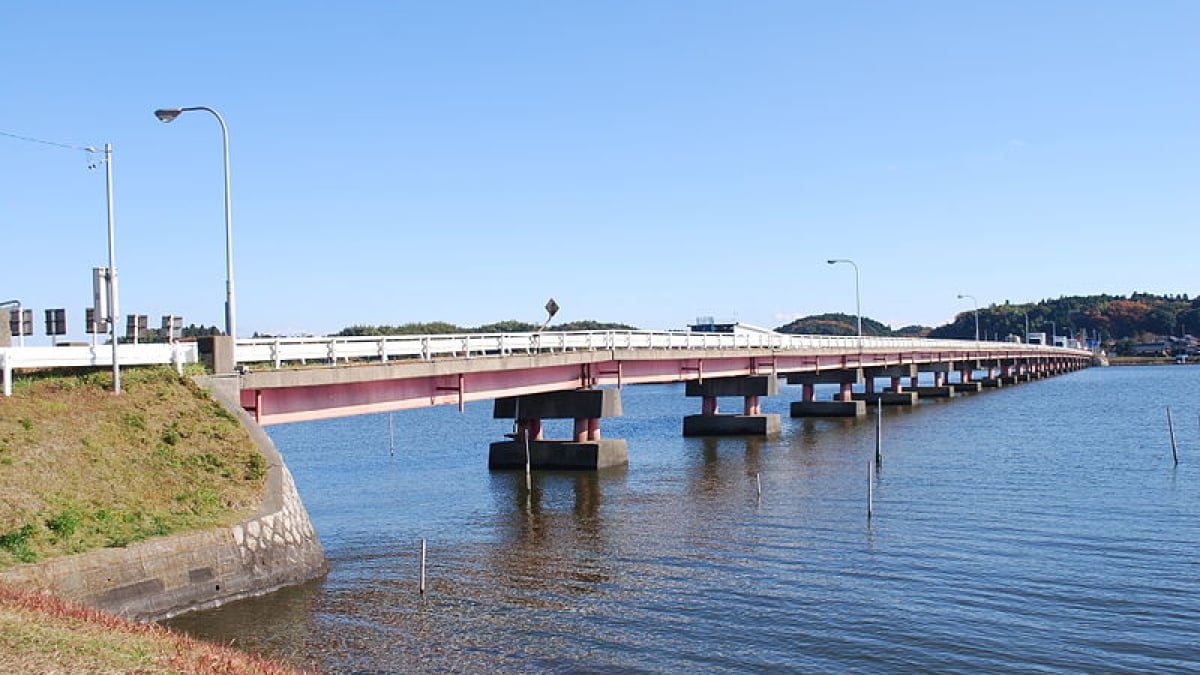
Full of Historical Charm! 8 Must-Visit Tourist Attractions in Namegata City
Have you heard of Namegata City, located in the southeastern part of Ibaraki Prefecture? Some people might even say, “I don’t know how to read it!”—and that's understandable. It’s pronounced Namegata-shi! This charming city is packed with fascinating sightseeing spots that play an important role in Japan’s history.
In this article, we’ll introduce 8 carefully selected tourist attractions in Namegata City. These destinations are full of charm and are perfect for both kids and adults, making you want to add Namegata to your next travel itinerary!
Ready to explore? Let’s dive into the top sightseeing spots in Namegata City!
table of contents
[x] close
Full of Historical Charm! 8 Must-Visit Tourist Attractions in Namegata City
1. Kitaura (North Lake)
Located as a part of Lake Kasumigaura, Kitaura (North Lake) is a popular sightseeing spot in Ibaraki Prefecture, especially known for its breathtaking sunset views.
The Kitaura Bridge, which connects Namegata City and Kashima City, stretches across this freshwater lake. Among bridges spanning freshwater lakes, it is the second longest after the Biwako Bridge. The bridge is also illuminated at night, creating a romantic atmosphere perfect for evening strolls. Interestingly, the bridge lights are designed to resemble the traditional hobikisen (sailboats) that were once a symbol of the region.
Visiting Kitaura in the evening, watching the sun set over the lake, and then enjoying the beautifully lit-up bridge—this makes for an ideal romantic date course. Kitaura is truly a must-visit destination for couples looking to enjoy a scenic and memorable getaway.
2. Kasumigaura
Kasumigaura, a large lake that spans across Ibaraki and Chiba Prefectures, offers panoramic views of Mount Tsukuba. The stunning landscape is worth seeing, especially during sunset when the lake reflects the glowing skies.
Well known as a fishing spot, it also attracts visitors who enjoy activities like yachting and riding personal watercraft. Even if you’re visiting just for sightseeing, you can take a scenic cruise that lets you appreciate the beauty of the lake not only from the shore but also from the water.
During the summer, Kasumigaura hosts a vibrant fireworks festival. Planning your visit around this time makes for an unforgettable trip to Namegata City.
Name: Kasumigaura
Address: Around the Kasumigaura lakeside, Namegata City, Ibaraki Prefecture
Official Website: http://www.namekan.jp/upsys_pro/index.php?mode=detail&code=30
3. Kasumigaura Fureai Land
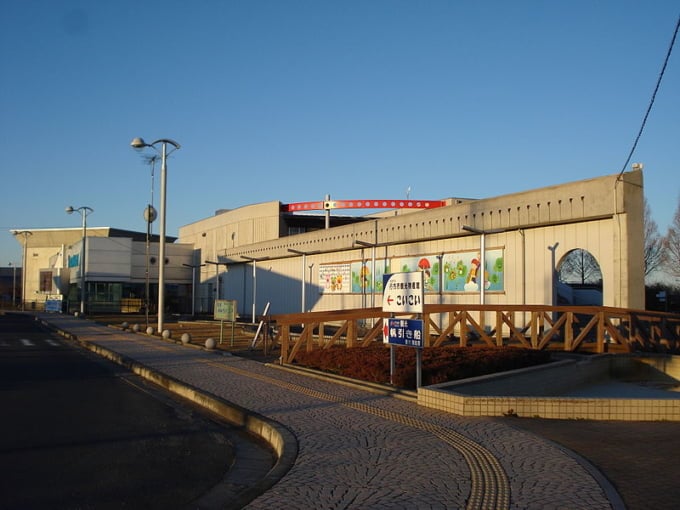
Kasumigaura Fureai Land is a water-themed interactive park where visitors can see, touch, and learn about the importance of water. One of its highlights is the Water Science Museum, which deepens your understanding of water through fun and educational exhibits. The park also features the Tamatsukuri Rainbow Tower, offering panoramic views of Lake Kasumigaura and Mt. Tsukuba, as well as Tama Museum and the Waterfront Park (Shinsui Kōen).
At the Waterfront Park, guests can enjoy splashing around, making it a perfect day-trip spot for families with children and adults alike. Don’t forget to bring extra clothes for water play!
Name: Kasumigaura Fureai Land
Address: 1234 Tamatsukuri-ko, Namegata City, Ibaraki Prefecture
Official Website: http://www.city.namegata.ibaraki.jp/page/page000682.html
4. Ōyamamori Ōba-ke Gōshi Residence
The Ōyamamori Ōba-ke Gōshi Residence was built during the Kanbun era as the official residence of the samurai family Ōba and served both as a lodging place for Tokugawa Yorifusa, the first lord of the Mito Domain, and as a government office for the southern Mito territory. It played a vital role in the political and economic history of the Namegata region and is now open to the public.
The residence is surrounded by a traditional Japanese garden filled with various seasonal plants, making it a spot worth visiting multiple times throughout the year. It's a historic sightseeing destination where visitors can immerse themselves in the Edo-period atmosphere.
Name: Ōyamamori Ōba-ke Gōshi Residence
Address: 4533-3 Tamatsukuri-ko, Namegata City, Ibaraki Prefecture
Official Website: http://www.ohbakegoushiyashiki.com/
5. Site of Serizawa Kamo's Birthplace
Did you know that Serizawa Kamo, the first head commander of the Shinsengumi during its founding, was born in Namegata City? A key figure who lived through the turbulent final years of the Edo period, Serizawa’s legacy is still remembered today.
Although the original house is not open to the public, a memorial stone now stands on the site where he was born. It’s a meaningful spot to visit for those interested in Japanese history and the Shinsengumi. As you stand on this historical ground, imagine the life and fate of Serizawa Kamo—born and raised here before becoming a part of samurai history.
Name: Site of Serizawa Kamo’s Birthplace
Address: Serizawa, Namegata City, Ibaraki Prefecture
Official Website: http://www.city.namegata.ibaraki.jp/sp/page/page001410.html
6. Sairenji Temple
Sairenji Temple, said to have been established in 782, is a historic temple located in Namegata City, Ibaraki. Although a fire in 1883 destroyed the main hall and Yakushido, the temple gate and the sorin-to pagoda survived and have been designated as Important Cultural Properties of Japan.
Visitors can also admire the giant ginkgo tree, a Natural Monument of Ibaraki Prefecture, especially beautiful in autumn. Sairenji is not just a place of worship but also a cultural event hub—seasonal festivals such as the Furusato Lily Festival are held here, making it a vibrant stop for travelers looking to experience local heritage and nature.
Name: Sairenji Temple
Address: 504 Sairenji, Namegata City, Ibaraki Prefecture
Official Website:http://www.ibarakiguide.jp/koyo_spot/sairenji
7. Aso Onsen Shiraho-no-Yu
Aso Onsen Shiraho-no-Yu is a popular hot spring in Namegata City, Ibaraki Prefecture, offering a relaxing soak with panoramic views of Lake Kasumigaura from the top floor. On clear days, visitors can even catch sight of Mount Tsukuba and Mount Fuji in the distance!
The facility is well-equipped with indoor baths, open-air rotenburo, medicinal baths, jet baths, and a steam sauna—perfect for unwinding in any season.
The best time to visit? Sunset. Enjoy a soothing soak while watching the sun reflect beautifully on Lake Kasumigaura.
Beyond the hot spring, Shiraho-no-Yu also features a restaurant serving local Namegata specialties and a market offering fresh, local produce. It’s the perfect place to spend a leisurely day immersed in the charms of the region.
Name: Aso Onsen Shiraho-no-Yu
Address: 421-3 Aso, Namegata City, Ibaraki Prefecture, Japan
Official Website: http://shirahonoyu.com/
8. Aso Domain Chief Retainer Residence Memorial Museum
The former residence of the Hata family, who served as chief retainers of the Aso Domain during the Edo period, still stands today and is open to the public.
This historic samurai residence features a traditional thatched roof and offers a rare glimpse into the daily life of the Edo era. Best of all, admission is free! If you’re visiting Namegata City, be sure to stop by this culturally rich site.
Name: Aso Domain Chief Retainer Residence Memorial Museum
Address: 1153-1 Aso, Namegata City, Ibaraki Prefecture
Official Website: http://www.city.namegata.ibaraki.jp/page/page001414.html
◎ Summary
From spots where young children can play to historic locations that bring the past to life, and even symbolic lakes that define the area—there’s something for everyone.
In addition to sightseeing, Namegata is known for its vibrant koi farming industry. Local specialties like strawberries, mizuna (potherb mustard), eshalet (Japanese shallots), and wasabina (wasabi-flavored greens) are also worth exploring.
Make the most of your trip by enjoying both the attractions and the delicious local produce of Namegata!
Let this article serve as your guide for an unforgettable journey through Namegata City.
RELATED ARTICLES
REGIONS
CATEGORIES
FEATURED ON Ibaraki
-
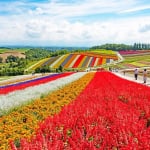
Where will you go for the summer vacation? Introducing recommended spots for domestic travel
-
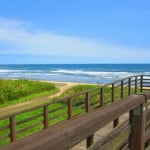
Carefully Selected Sightseeing Spots in Hokota, Ibaraki! Recommended Spots on Both Sea and Land
-
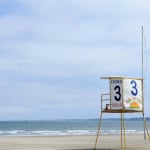
[4-Day Weekend Outings] If You’re in Kanto, Here’s Where to Go! Prefecture-by-Prefecture Low-Crowd Spots
-

We introduce 5 recommended sightseeing spots in Takahagi City, Ibaraki Prefecture!
-
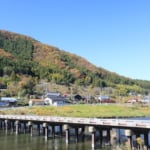
We will introduce 5 recommended sightseeing spots in Hitachiomiya City, Ibaraki Prefecture!
MOST POPULAR ON Ibaraki
-
 1
1Doha: Must-see Attractions in the Capital of Qatar
-
 2
2Toronto: 10 Things to do in this Picturesque Canadian City
-
 3
3Amarillo: A City Famous for It’s Amazing Canyons, Great History and Music
-
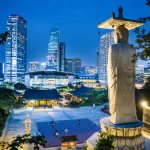 4
4South Korea: Dazzling Scenery, Rich Culture and Fascinating History
-
 5
5Kuwait: A Country in Middle East Asia Famous for Hot Sand Dunes and Stunning Cityscape

